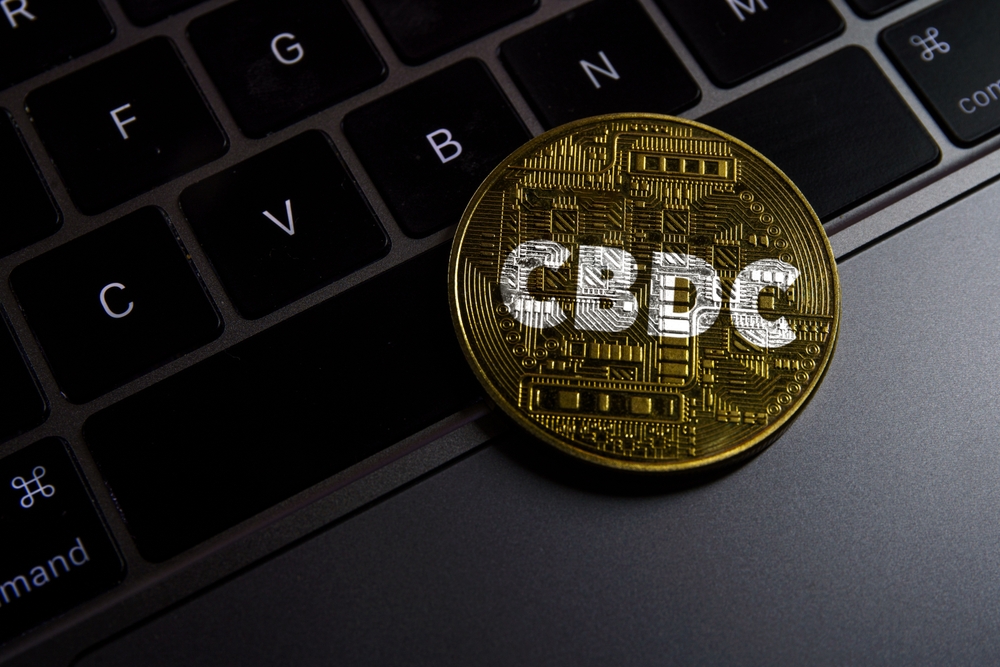
Finance Crypto Trends 2024: What 2024 Has in Store
In the ever-changing world of finance, the domain of cryptocurrencies stands as a vibrant example of the ongoing evolution of digital finance. As 2024 has started, it is a good idea to discuss ‘finance crypto trends 2024’ and other crypto-related topics such as “crypto regulation updates.’
The year 2023 was pivotal for cryptocurrencies, witnessing a notable increase in mainstream acceptance. Major financial players started incorporating digital assets, setting the stage for widespread adoption in 2024.
With regulatory environments becoming clearer globally, we expect more traditional investors to venture into the crypto market. As misconceptions about cryptocurrencies fade, their acceptance for daily transactions is likely to grow, potentially integrating them into the global financial system.
Central bank digital currencies (CBDCs)
We can’t forget about digital currencies and central banks when it comes to ‘finance crypto trends 2024.’
CBDCs have caught the attention of central banks around the world. In 2024, various countries are poised to advance significantly in developing and launching their own CBDCs. This trend represents a significant shift in governmental approaches to digital currencies.
Central Bank Digital Currencies (CBDCs) represent a groundbreaking development in the world of finance, blending traditional banking with the innovations of digital technology. As digital counterparts of a nation’s fiat currency, CBDCs are issued and regulated by a country’s central bank, ensuring the same level of legal tender status as physical money.
The primary appeal of CBDCs lies in their potential to modernize the financial system. By leveraging digital technologies, they promise increased efficiency in payment systems, reducing the costs and time associated with money transfers. This efficiency could be particularly transformative in cross-border transactions, which are often bogged down by lengthy processing times and high fees.
Unlike cryptocurrencies, which are decentralized and operate independently of a central authority, CBDCs are centralized and maintain the oversight and stability central banks provide. This centralization ensures that CBDCs, unlike many cryptocurrencies, are not subject to the same levels of volatility and are backed by the state, offering a higher degree of security and trust to users.
More about CBDCs

Moreover, the adoption of CBDCs could lead to enhanced monetary policy implementation. Central banks may use CBDCs to implement more effective and targeted economic interventions, such as direct stimulus payments to citizens.
Privacy and surveillance concerns are among the major challenges facing CBDCs. Balancing the need for regulatory compliance and anti-money laundering measures with individual privacy rights is a delicate task that central banks will need to navigate.
Interoperability and cross-chain solutions
Blockchain interoperability is set to become a central focus in 2024, as the crypto industry moves towards a more interconnected ecosystem.
Cross-chain solutions and interoperability protocols will be crucial in enabling smooth communication and asset transfers across different blockchain networks. Projects that aim to connect various blockchains are expected to gain momentum, encouraging collaboration and innovation within the decentralized environment.
Crypto regulatory updates
As the cryptocurrency industry expands, so does the complexity of cyber threats. In 2024, a stronger focus on security within the crypto space is anticipated.
Blockchain projects and exchanges are likely to invest in sophisticated security infrastructure, including advanced encryption and decentralized storage, to protect user assets. Commitment to improved security is essential for maintaining trust and confidence among both institutional and retail users.
In 2024, the regulatory framework for cryptocurrencies is expected to become more diverse globally. Countries are adopting varied approaches to crypto regulation, influenced by their own economic, social, and political contexts. Some nations are welcoming digital currencies, while others remain cautious.
This growing regulatory clarity is expected to encourage broader adoption. Clearer government guidelines on cryptocurrency usage are giving investors and institutions more confidence to engage with digital assets. Regulatory certainty is increasingly becoming a catalyst for mainstream adoption, encouraging traditional financial institutions to more actively engage in the crypto space.
Decentralized finance (DeFi) maturation

The DeFi sector, known for its innovation, offers financial services without traditional intermediaries. In 2024, we can anticipate further maturation of the DeFi ecosystem, addressing issues related to security, scalability, and user experience.
Improved infrastructure and interoperability among DeFi platforms will lead to a more robust and user-friendly decentralized financial landscape. As DeFi becomes more accessible, it may challenge traditional financial institutions to evolve or risk obsolescence.
NFTs beyond art
In 2023, NFTs were mainly associated with digital art and collectibles. The narrative around NFTs is expected to broaden in 2024, extending into areas like real estate, gaming, and intellectual property. As the technology behind NFTs matures, they are poised to revolutionize the verification of ownership and authenticity in various industries, opening new opportunities for creators and investors.
Financial cybersecurity
Now, let’s discuss the role of financial cybersecurity regarding ‘finance crypto trends 2024.’
The importance of cybersecurity in our increasingly digital world cannot be overstated. As technology continues to advance and integrate into every facet of daily life, the potential for cyber threats grows, making robust cybersecurity measures essential for the protection of individuals, businesses, and governments.
Protection of personal information:
One of the most significant concerns in the digital age is the protection of personal information. With vast amounts of data being shared and stored online, individuals are at constant risk of identity theft, financial fraud, and privacy breaches. Cybersecurity measures are vital in safeguarding this sensitive information from unauthorized access and cybercriminals.
Trust in digital services:
Cybersecurity helps in maintaining trust in digital services. As more services, including banking, healthcare, and government, move online, ensuring these platforms are secure is vital to maintain public trust and encourage digital adoption.
Protecting against disruptive attacks:

Cybersecurity is essential in protecting against disruptive attacks like ransomware, which can paralyze entire systems. For instance, a ransomware attack on a hospital’s system can hinder access to critical patient data, putting lives at risk. In industry, such an attack can halt production lines and disrupt supply chains, causing widespread economic disruption.
Evolution of cyber threats:
Cyber threats are constantly evolving, with cybercriminals becoming more sophisticated in their methods. Continuous updates and advancements in cybersecurity are essential to counteract these evolving threats.
Internet of things (IoT) security:
The expansion of the IoT has connected an ever-growing number of devices to the internet. Each of these devices, from smart home appliances to industrial machines, presents a potential entry point for cyberattacks. Ensuring these devices are secure is vital to prevent them from being exploited in cyberattacks.
Without a doubt, 2024 will be a pivotal year for cybersecurity in fintech. With digital transactions becoming more prevalent, the industry is gearing up for collaborative global efforts to fortify the financial ecosystem against cyber threats.
Mobile banking advancements
Lastly, mobile payments have the potential to play an even bigger role in 2024. So, it is crucial to gather as much information as possible about mobile payments, and ‘fintech innovations 2024,’ in general.
The post Finance Crypto Trends 2024: What 2024 Has in Store appeared first on FinanceBrokerage.
